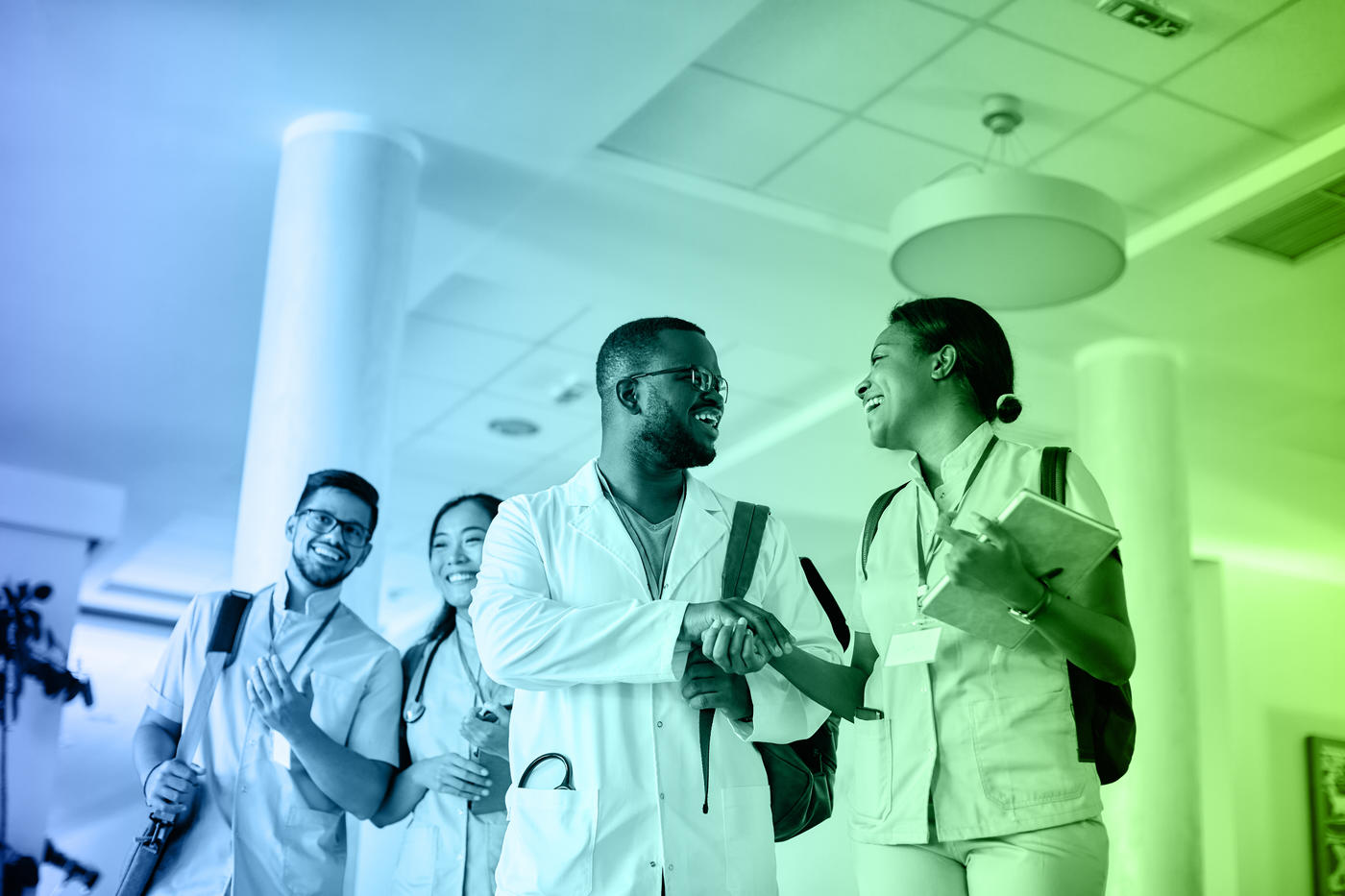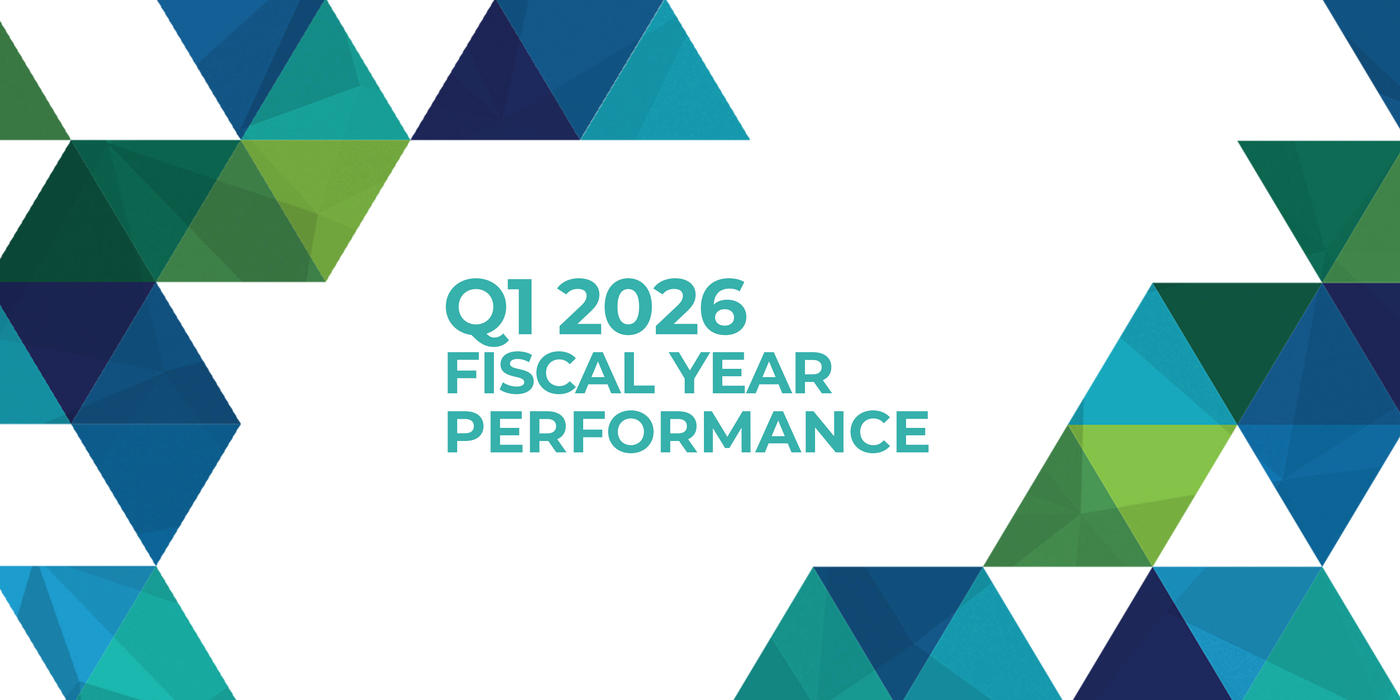As I mentioned in my last post, I find one consistent, uncomfortable truth: Whatever led to the gap in academic performance before medical school, it is likely to still be present and persistent during one’s medical education journey. The lack of access, inequitable distribution of opportunity, familial responsibilities, socioeconomic disparities, or systemic barriers that kept students from utilizing their full academic potential in their K-12 or undergraduate education do not disappear upon admission into medical school. These challenges, when left unaddressed, can negatively impact a student’s likelihood of success in medical school and prevent otherwise deserving, passionate students from pursuing a career in healthcare. In order to train a more diverse, equitable and inclusive pipeline of physicians and close critical gaps in the healthcare workforce, these barriers need to be dismantled.
So what can physician educators do about this challenge? First, we must focus on preparing students for the rigors of medical school by giving them the resources and training necessary to undertake a medical education. Second, we need to be aware of and address the outside influences and determinants that create these challenges in a student’s life. Finally, we need to constantly evaluate student performance and intervene when necessary to provide support. If healthcare education institutions embrace the social mission of admitting students with varying levels of opportunity and readiness for medical school, they will find more success if they build an educational program capable of managing this broad range of required preparation and support. Here’s how we’re achieving this at Ross University School of Medicine.
Providing Pathways Through the Medical Education Readiness Program
At Ross Med, we provide a pathway into medical school that closes the preparation gap and guarantees admission upon successful completion called the Medical Education Readiness Program, or MERP. MERP is not simply a “yes” or “no” answer to admission. Instead, it’s a third option that allows students to familiarize themselves with the coursework, time commitment and training requirements of med school so they are better prepared upon admittance. MERP provides 15 weeks of structured discipline-based content targeting 80% of the medical school content load. The program teaches study skills and time management. It also emphasizes personal and peer accountability as well as self-care and wellness. Importantly, MERP gives students an opportunity to network and form study groups prior to the beginning of medical school. All students who pass MERP begin medical school in the next semester.
In the last five years, 883 MERP advancers, including 211 from underrepresented groups, have graduated and entered residency positions in the United States. Students who may otherwise have been deprived of a medical education due to a lack of access and opportunity are now helping to fill critical and unmet needs in the physician workforce. There is no quota or limit for MERP – that would drive unproductive competition and scarcity mentality. Collective success is valued and celebrated. Students who do not pass MERP are refunded their tuition.
Utilizing the Social Determinants of Learning Framework to Address Challenges
The Social Determinants of Learning™ Framework is a piece of actionable research by my colleagues at Chamberlain University. This framework lays out the physical, mental, socioeconomic, and communal barriers to education and reminds us of the challenges our students’ may face that can adversely affect academic performance. It also reminds us that students can experience the same situation differently, and how we, as an institution, can help them overcome these obstacles so they can be successful in medical school.
The pandemic brought many of the disparities that create barriers to academic success out of the shadows as students studied remotely in different contexts. Some had quiet space, fast Internet and financial support. Others had families that needed them to watch children or provide supplemental income and lacked stable Internet or quiet personal space. Even with our students on the island of Barbados with similar Internet and study environment options, these disparities and roadblocks persist. An unanticipated expense can be experienced differently by students from different socioeconomic backgrounds. It can be difficult for students to ask for help, activate available resources, or find people they can trust to support them when they struggle. To overcome this, we have student care advisors that proactively reach out to new students, learning communities with peer mentors, wellness counselors, faculty advisors and other means to help these students succeed.
Population Management Based on Performance
RUSM’s population management approach is based on current performance. As tempting as it is to try to predict who is likely to underperform, my experience is that these predictions tend to reinforce stereotypes and typically only explain a small portion of the variance, limiting its usefulness. Management based on current performance requires early and frequent assessments and agile teams to harness the data and adjust the approach.
After their first examination, RUSM students are stratified by performance and offered different resources – faculty office hours, additional content review, wellness outreach, dedicated learning strategist support, etc. Any student can seek out these additional supports, but we focus on making sure these resources are known to and accessible by the students who did not perform well. For students who are meeting their performance goals, we avoid new mandates – they have figured out a system that works for them. Later, we will pull them in as peer tutors and mentors so others can learn from their experience. We set student outcome goals and track against those. We celebrate when our students do well; we revise and provide support when they do not.
This type of work is hard. It requires people to believe that students with academic credentials that have historically kept them out of medical school can be successful and deserve the opportunity. It requires investment in the academic mission. It requires a willingness to accept shared responsibility for student outcomes. Most importantly, it requires administration and institution leaders to continuously evaluate the programs, performance benchmarking and resources available to our students. This work may be hard, but it’s worth it to see our students succeed.




